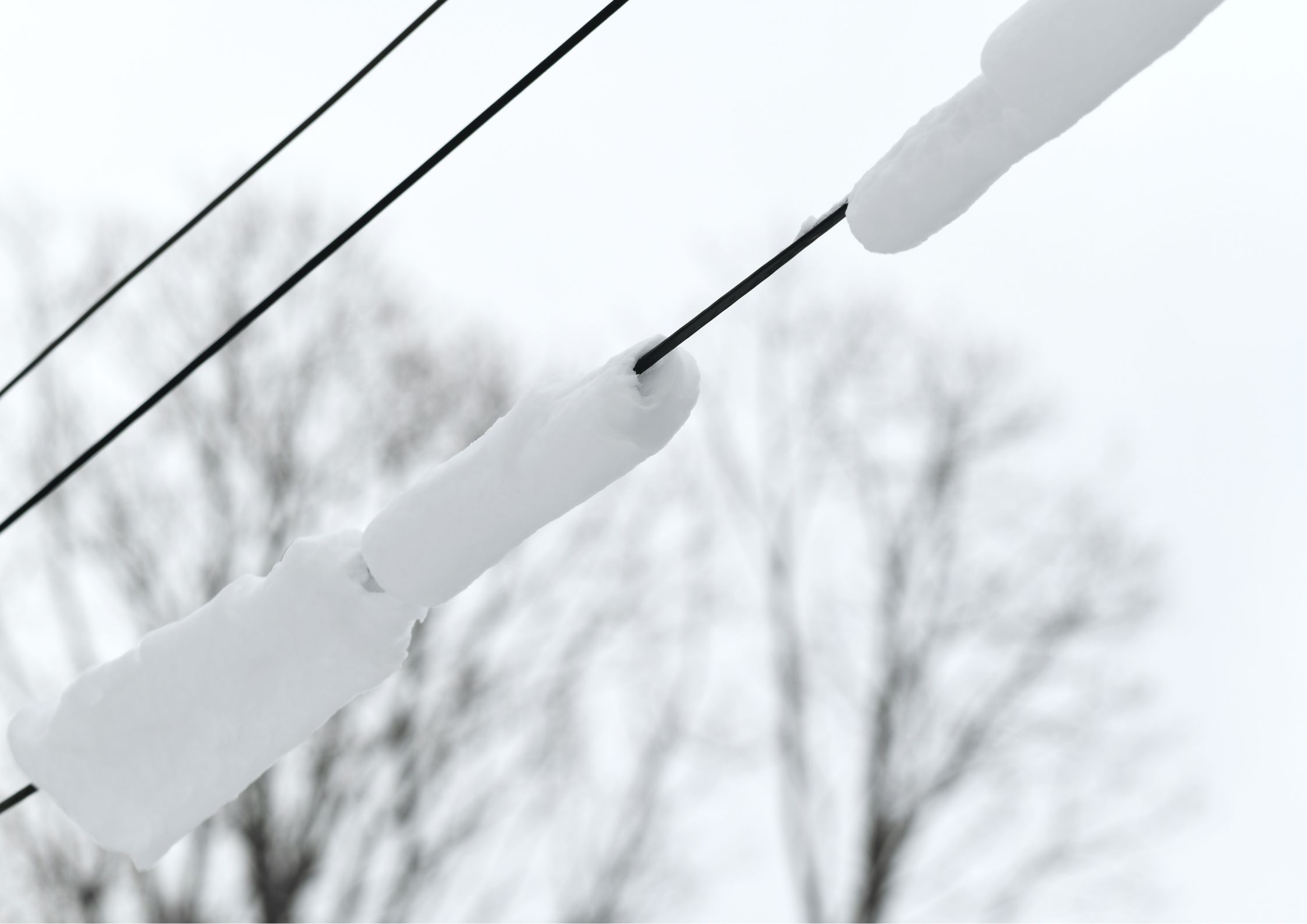Met Office helps energy companies optimise their infrastructure design by identifying ice build-up risks through enhanced mapping capabilities developed with SSEN Transmission.
When we think about the weather's impact on clean energy, wind and solar generation typically come to mind. However, equally important is how weather affects the infrastructure that delivers energy to our homes and businesses. From pylons to substations, this critical equipment faces year-round exposure to weather conditions, including potentially damaging winter freezing.
Understanding ice accretion
Ice accretion is the build-up of ice layers on solid objects, caused by a range of metrological parameters, such as air temperature, wind speed, precipitation rate or liquid water content. It poses significant safety and efficiency challenges for energy infrastructure. While the UK experiences less severe snow and ice compared to countries such as Norway or Canada, its impact on infrastructure design and maintenance remains crucial, particularly in northern regions with colder climates.

This meteorological phenomenon can lead to serious operational issues such as:
-
Increased weight stress on power lines and structures
-
Power loss and transmission disruption
-
Electrical disturbances and equipment malfunction
-
In extreme cases, structural collapse of pylons or poles
Meteorological science solution
The Met Office has worked closely with SSEN Transmission (Scottish and Southern Electricity Networks Transmission) to develop a solution that utilises the best science and data, focusing on practical operational requirements for both new construction and infrastructure upgrades.
Using the latest science and data, we've significantly improved the accuracy and granularity of our mapping capabilities. These enhanced maps are now integrated as layers within SSE's Geographic Information System (GIS) tool, allowing engineering values to be calculated directly from meteorological data.
The urgent adoption of these maps for existing projects demonstrates their significant value in reducing unnecessary overengineering and associated costs. This development represents just one example of how sophisticated weather data analysis can drive infrastructure efficiency and cost reduction.
SSEN have been using the Ice Accretion maps in some of the projects on a trial basis with very positive results. They are now working on the process of incorporating the use of the Ice Accretion Maps into the engineering processes.
This project aligns with our broader initiative to update weather and climate data in technical standards, supporting the energy sector's evolution towards more resilient and efficient infrastructure design.


